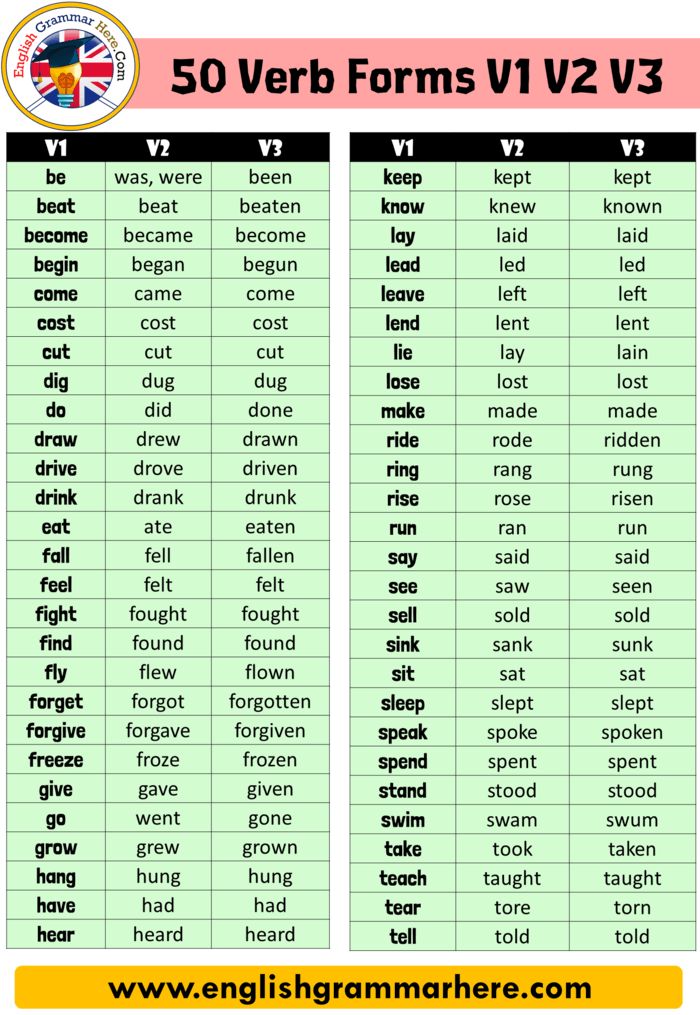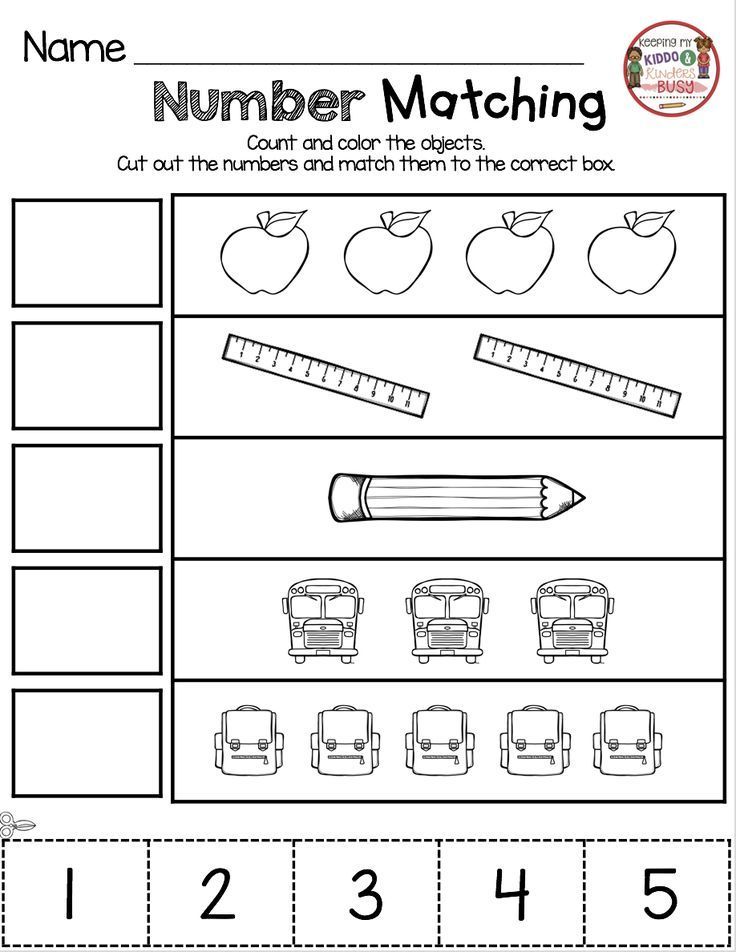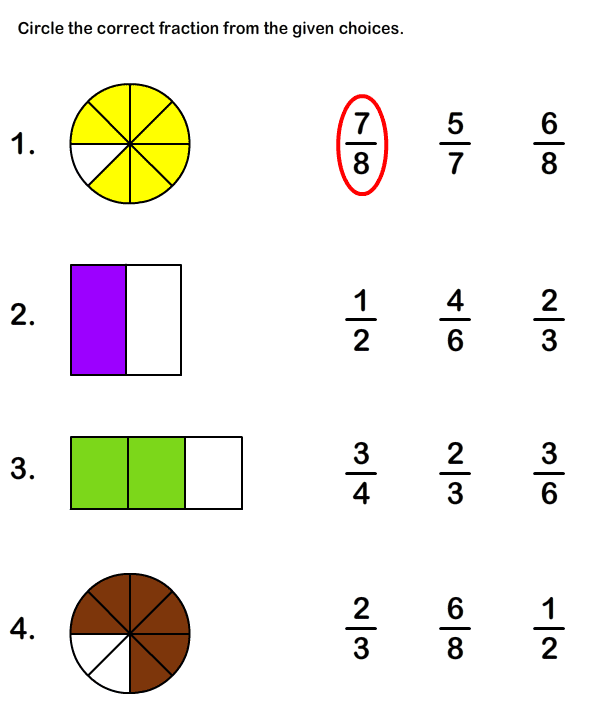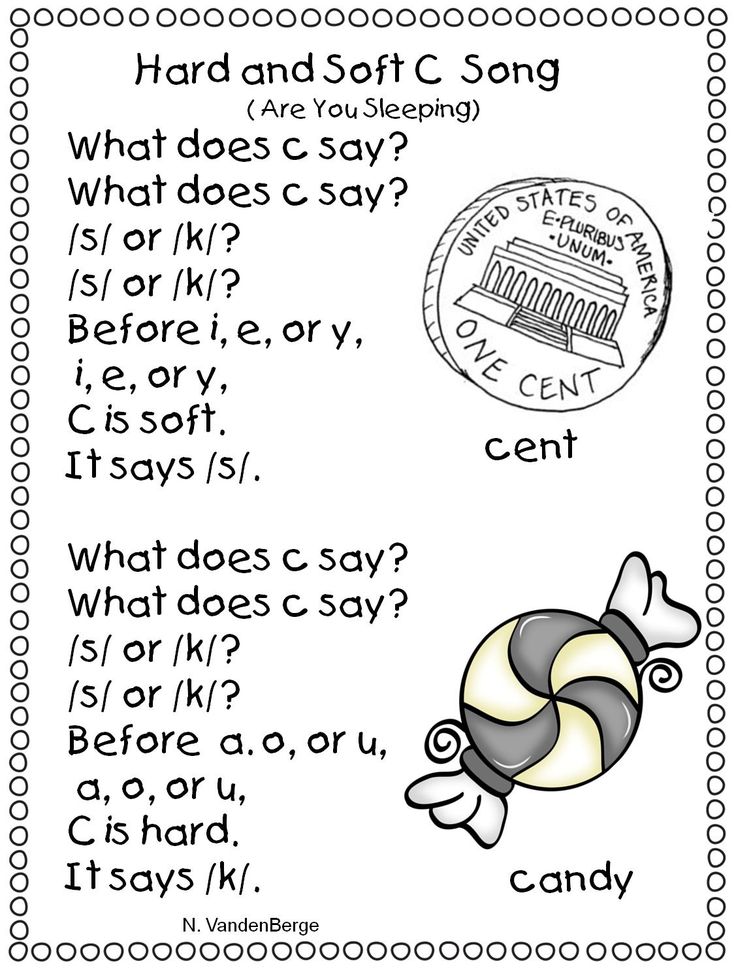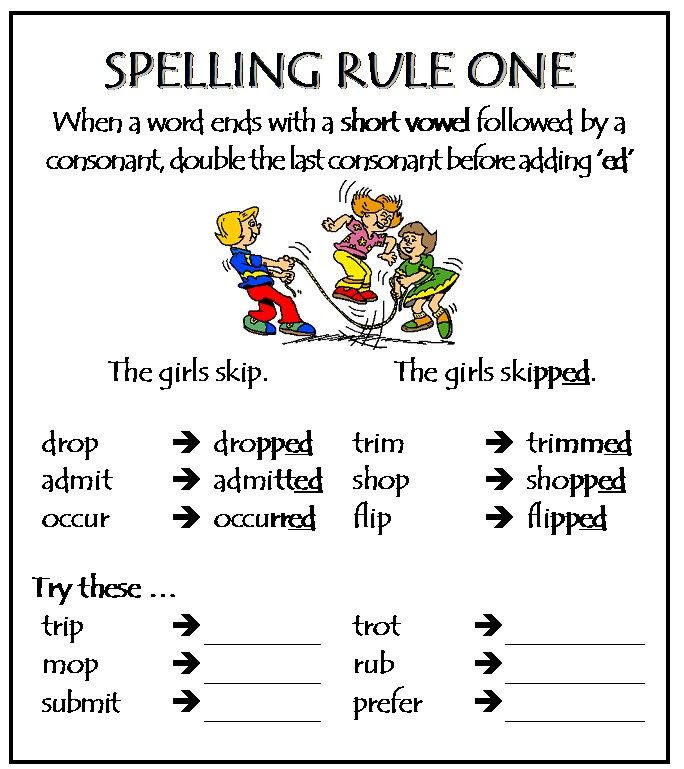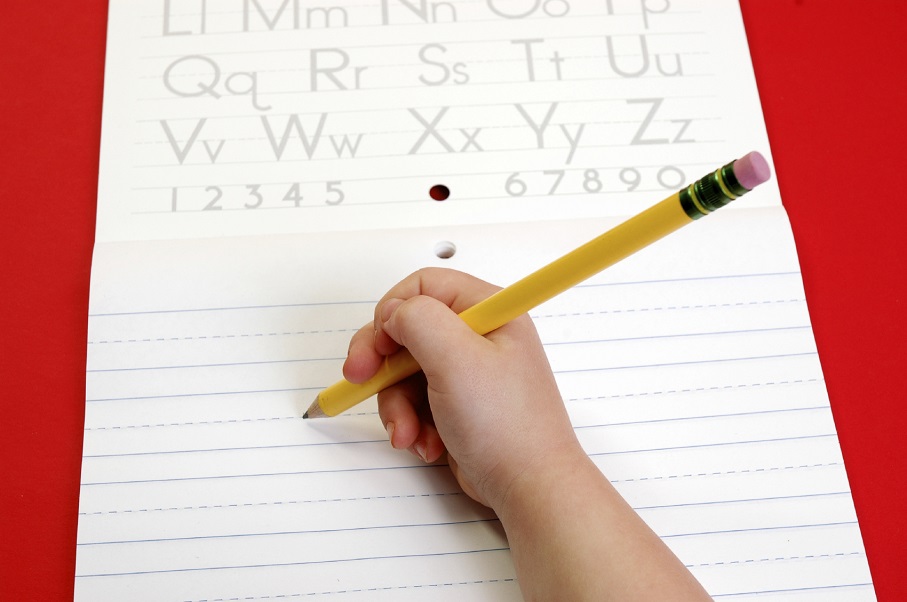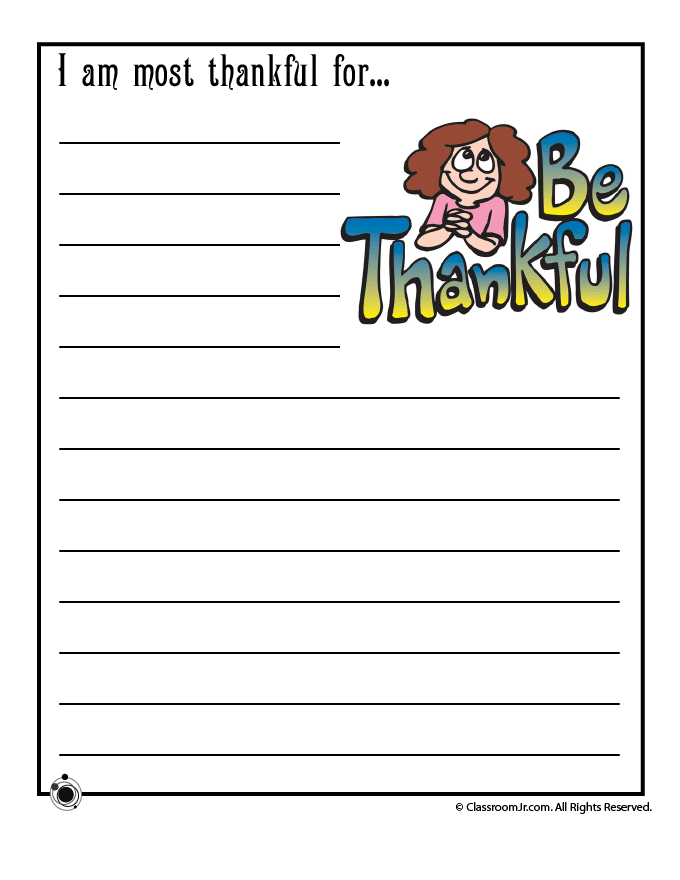Why are shapes important
Why Learning Shapes Is Important, Plus 4 Ways Parents Can Help
Learning shapes isn’t just about teaching your child how to draw a circle or square. When we look closely enough, we may recognize just how many shapes occur naturally in the world around us. Not just in math, but also in reading, science, and art!
Why Learning Shapes Matters
As we mentioned, shapes are all around us. If you do a quick glance around the room you’re currently sitting in, we bet you could identify a handful of shapes within a matter of seconds.
For a young preschooler, learning shapes can be incredibly helpful by offering an early step to understanding how numbers and objects relate to one another.
Pre-k math will show kids how easy it is to count the number of sides of a single shape to get a handle on applying concrete counting skills to a visual object.
But that’s not all shapes are good for!
There are five different mathematical ideas your child will need as they grow into capable mathematicians. Below are some of the ways learning shapes can help them get a grasp on these ideas.
Distinguishing Between Objects
Learning shapes helps your child learn to differentiate between objects.
In order to memorize how shapes are different from one another, they’ll learn to pay attention to the little details that distinguish shapes.
This detail-oriented learning helps them across the board, no matter what subject they’re tackling head-on!
Spatial Reasoning And Problem Solving
We’ve all seen shape puzzles; they’re popular for a reason.
The blanks inside the puzzle develop your child’s spatial reasoning and problem-solving skills, as they have to try multiple shapes until they find the right one to fit each space.
Learning about shapes directly increases these abilities.
Categorization
Your child will learn how to couple their differentiation skills with their categorization skills.
By separating shapes based on their similarities and differences or by specific characteristics such as color, size, and amount, your child will be able to accurately sort and categorize objects.
These skills benefit mathematical thinking because they help children understand sets and subsets, which can improve their understanding of concepts behind math procedures.
Counting And Patterns
Like we mentioned before, shapes help your child learn how to count. They can easily count the number of sides on each shape to help them remember the details of these shapes.
They will learn how to form patterns with shapes, as well!
4 Fun Activities For Learning Shapes
Here are some of our favorite activities for learning shapes. Try them at home with your growing mathematician!
1) Shape Scavenger Hunt
What You’ll Need
- Good weather (if you choose to do this outdoors)
- A cheat sheet of basic shapes
- A marker
What To Do
You and your child can go for a walk in the neighborhood or hunt for shapes inside the house on a rainy day.
You’ll snoop around the house like sneaky shape detectives, using your “cheat sheet” of shapes to keep a tally of how many times you can find each shape in your home.
If this is the first time your child has attempted identifying shapes in their environment, acting as an encouraging guide can be a great help!
Help them recognize the ways shapes naturally occur in everyday life — mirrors can be rectangles or circles; pizza slices are like triangles; and so on.
Keeping track of what your child can find will give both them and you some insight.
They’ll understand just how many shapes are all around them, and you may notice that your child needs a bit more practice with recognizing certain shapes.
2) PlayDoh Tracing
What You’ll Need
- Several sheets of paper
- A marker
- PlayDoh of different colors
What To Do
You’ll start out by prepping the pieces of paper. Each sheet will hold a single type of shape.
For our example, we’ll have one sheet for squares, one for circles, and one for triangles. Feel free to add more shapes or start small with only one.
Start with a single shape, like a square. You’ll want to draw several squares of drastically different sizes on a single sheet of paper. Use thick, bold lines so your child can clearly see the perimeter of each shape.
You’ll want to draw several squares of drastically different sizes on a single sheet of paper. Use thick, bold lines so your child can clearly see the perimeter of each shape.
Next, your child will use different colored PlayDoh to “fill” each square outline. You want them to use different colors so they can highlight a distinguishing characteristic between the squares — their size!
If your child is familiar with shapes already and you want to make this more advanced, you can draw several different shapes onto one piece of paper.
For our example, we will use circles, squares, and triangles (try rectangles, ovals, semi-circles, and pentagons for more advanced learners).
This time, your child will fill the outlines based on the type of shape they are. So, all circles will get the same color of PlayDoh, while all ovals get a different color. They will repeat this process until all of the shapes are full.
Finally, they can count how many of each shape (and color) they have.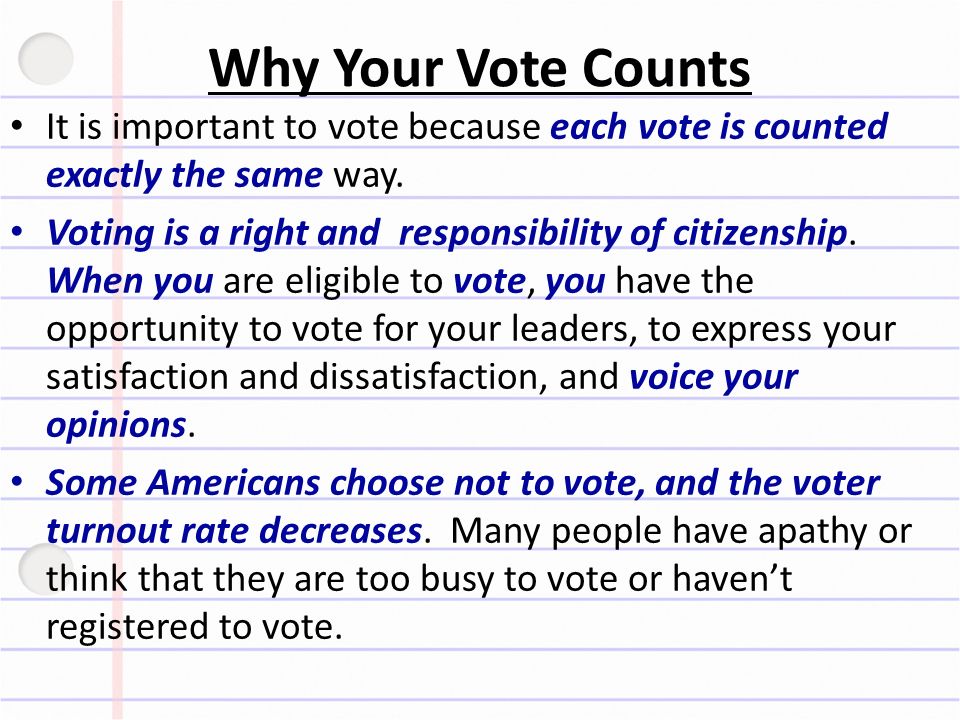
3) Shape Stamp Paintings
What You’ll Need
- Sponges you’re comfortable cutting up
- A variety of paint (watered down)
- Sheets of paper
What To Do
This activity requires a bit of preparation before the fun can get started, but the masterpieces your child will make are worth it!
You’ll begin by cutting up the sponges into a mix of different identifiable shapes. We recommend incorporating both basic shapes and more interesting shapes, all with sides that are easy to count.
In addition to basic shapes like squares and circles, stars, ovals, and hearts are great ones to add in.
After all the sponges are cut, set out a few different colors of paint. It’s not necessary to assign specific colors to specific shapes, as a mix of both will allow your child to identify flexible patterns once the activity is complete.
With everything set, your child is ready to get splashing with the paint and sponges (figuratively speaking, of course!). They’ll use their sponges to stamp out a variety of shapes in multiple colors.
They’ll use their sponges to stamp out a variety of shapes in multiple colors.
Once everything is dry, you can challenge them to identify how many of each shape they stamped, how many times they used certain colors, and so on.
4) Shape Pizza
What You’ll Need
- Colored construction paper
- Yellow
- Red
- Green
- Brown
- Black
- White
- Scissors
- A single die
What To Do
You and your child will be opening your own pizzeria! The “secret ingredient” to your delicious pizza? Shapes!
To make a pizza, cut out a large circle for your crust. Then you’ll cut out a variety of ingredients. Depending on what your child likes to eat, you can adjust what ingredient each of your shapes will represent.
For our example, we will use these ingredients:
- Circles for pepperoni
- Triangles for cheese
- Rectangles for peppers
- Squares for mushrooms
- Semi-circles for olives
Make a menu with the shapes and what they stand for. Then place an order for which topping you want (start with one topping only) and have your child roll the die to see how many of that topping the pizza will have.
Then place an order for which topping you want (start with one topping only) and have your child roll the die to see how many of that topping the pizza will have.
For example, if you want peppers and your child rolls a 2, they’ll place 2 rectangles on the pizza.
We recommend referring to the shape names as you order and again when “checking” the order. You could say, “That’s it! I get four semi-circle olives. Yum!” You can then switch roles and let your child order a pizza.
To play with older children or make the game a bit more challenging, order a pizza with more than one topping, with your child rolling the die the designated amount of times to determine how many of each topping you get.
If you wanted three toppings, for example, your child would roll the die three separate times to come up with the number of those toppings to put on your pizza.
Once you’re finished with one pizza, you can glue the shapes to the paper to save as a keepsake or remove them and make another pizza!
Learning Shapes Is Just The Beginning
We can’t capture all of the possibilities that come with learning shapes, but we hope this article helped paint a picture of how helpful and exciting shapes can be to your child’s learning adventures!
The ideas don’t stop here, either.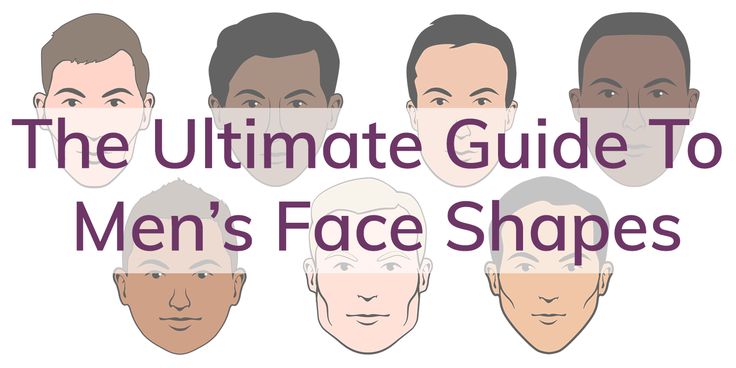 We know not every family always has time to tackle a shape game filled with sticky glue and construction paper.
We know not every family always has time to tackle a shape game filled with sticky glue and construction paper.
Sometimes you need quick and effective shape activities that don’t sacrifice fun in the name of functionality.
The HOMER Learn & Grow App has just what you need! We have tons of shape activities available for your child to do, like our Castle Creator or our Pizza Parlor, where they will get to make pizzas for customers who pick exactly how many toppings they want.
We hope you’ll give these activities a shot. We think you’ll be surprised how fun learning shapes can really be!
Author
Why Teach Shapes? Why It Matters and Easy Learning Activities (Plus Printables!)
Why teach shapes? Learn why children need to learn shapes and the best activities to help. Plus printables!
Shapes are one of those things we work on with kids from a young age. We teach what a circle is, a triangle, a square.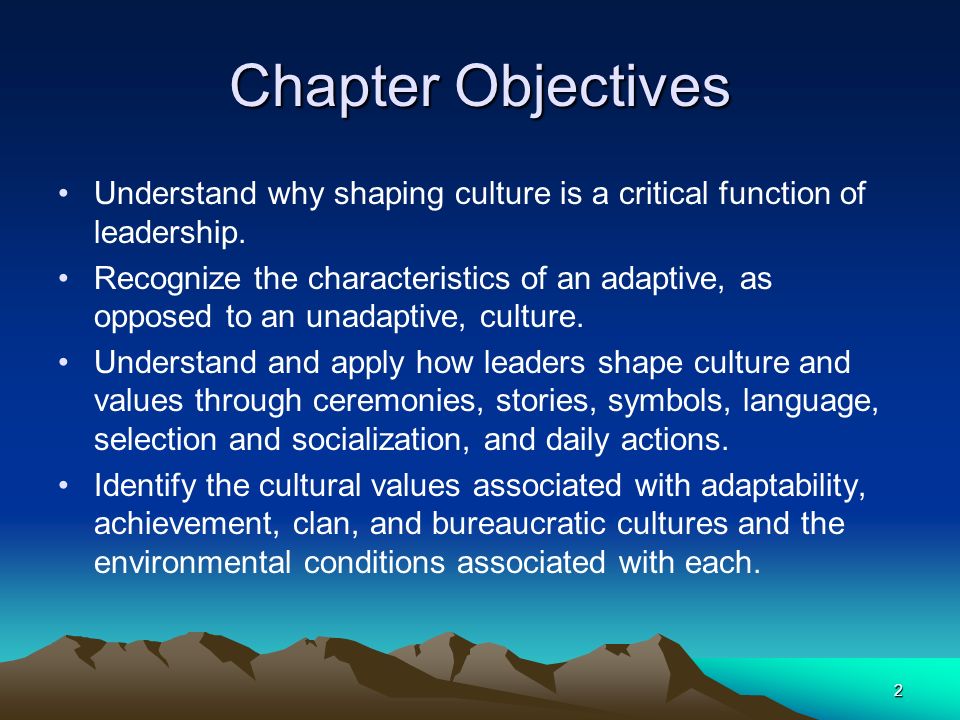 Colors, letters, numbers, shapes.
Colors, letters, numbers, shapes.
These are some of the first things we work on with children.
Colors are easy and fun to point out. Numbers and letters are building blocks for their entire future.
But why do we focus on shapes? Are they just easy?
There are actually some very concrete reasons for teaching toddlers and preschoolers shapes.
Here are 5 big reasons to teach preschoolers and toddlers shapes, plus some fun printables to color or use play-doh for sensory shape fun.
What's In This Post?
- Why Teach Shapes?
- Same or Different
- Categorization
- Problem Solving and Spatial Relations
- Math Skills
- Grab these printables for more shape practice!
- Letter Recognition
- Ways to Learn and Practice Shapes
- Just Talk
- Shape Hunts
- Shape Toys
- Coloring and Tracing
- Play-Doh Shapes
- Shape Sticks
- Shapes Everywhere
- I want the Freebies!
- Thank you!
- Bonus Shape Practice Printables
- Related
Why do we teach shapes to our children?
It isn’t just because it is easy. Shapes are building blocks for several bigger concepts that children will use throughout their schooling and lives.
Shapes are building blocks for several bigger concepts that children will use throughout their schooling and lives.
There are big reasons to start shape learning early. Here are some major concepts they work.
Same or DifferentBasic shapes like circles, triangles, and squares are distinctly different from each other. This makes them great for practicing same and different.
Same and different is the start of really recognizing distinctive traits objects can have. It is also the first level of categorizing.
Are these two objects the same or different? This is the start of basic observation skills.
CategorizationOnce the basic same or different concept is down, children can move into more complicated categorization.
What makes a circle different from a square? This is detailed recognition of traits objects have.
An important skill is being able to find a common characteristic among different items.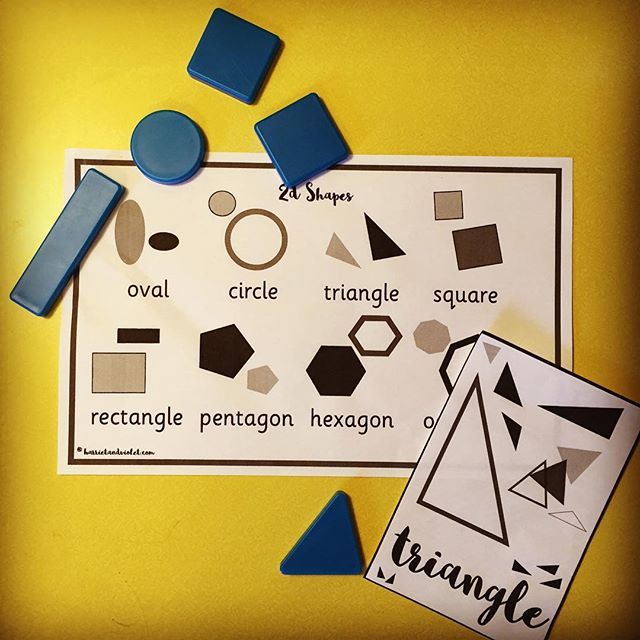 A great way to practice this is to send your child on a shape hunt.
A great way to practice this is to send your child on a shape hunt.
How many circle objects can they find? How many squares? This shows them that shape is something that many different things can have in common.
Categorization is an important science skill.
Problem Solving and Spatial RelationsShapes are a great way to introduce problem-solving skills.
Take a shape sorter. Your child needs to determine which shape goes in which hole, and then they need to actually fit it in.
This works spatial relation skills as well. How do objects fit together? (As your children grow puzzles work the same sort of skill. How do you recognize what piece fits where?)
Anything that works problem-solving is helpful for children, and this sort of trait recognition is key for future science skills.
Math SkillsI feel math skills are an obvious area that gets worked when you teach your children shapes.
Geometry is in part the study of shapes. Having a basic understanding of them from a young age will make this math class a lot easier for kids.
Having a basic understanding of them from a young age will make this math class a lot easier for kids.
Understanding the characteristics of shapes involves a lot of counting. How many sides does a shape have? This easily folds in number practice when you play with your toddlers and preschoolers.
Pattern recognition comes into play as well. Every time you add a side you get a new shape, this is a pattern. Being able to physically see the difference between a shape with three sides and one with five helps with number sense, a key to all math success.
(Learn more about number sense and why it matters here.)
Grab these printables for more shape practice!
Letter Recognition
This is one of the biggest reasons to work on shapes early. Shapes help with letter recognition.
Think about letters, they are very similar to shapes. The letter V is a triangle missing a side, and the letter O is just a circle.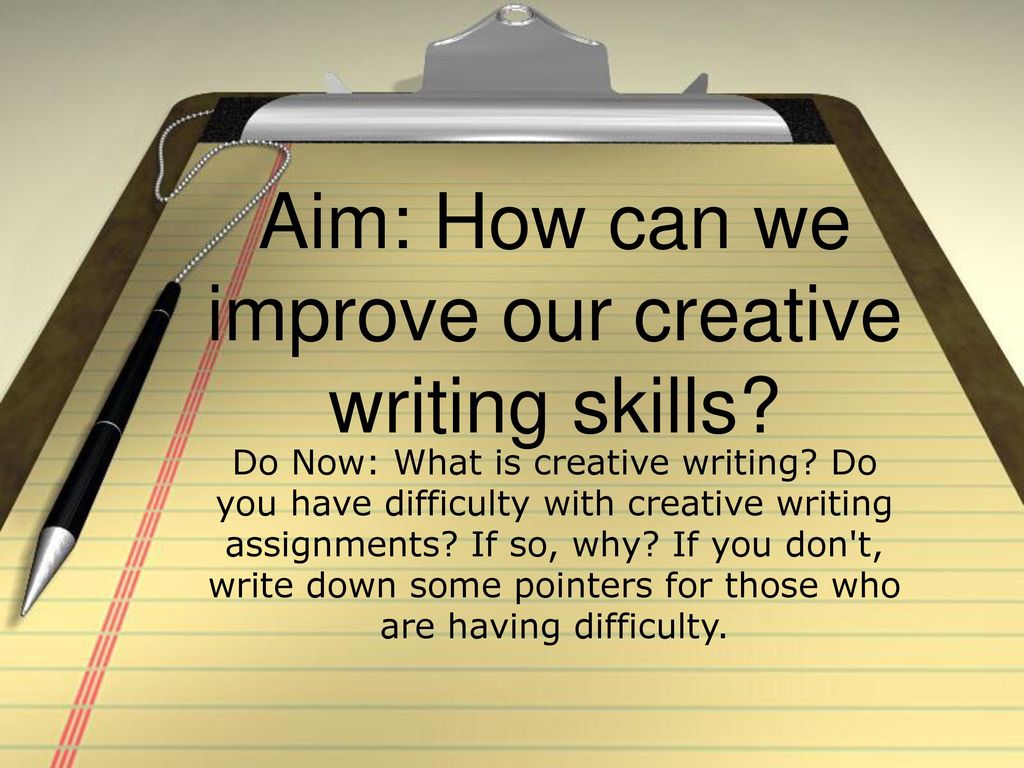
Understanding what shapes are and that they have meaning starts to build literacy. Practicing distinguishing between a square and a triangle help kids recognize between different letters.
The same is true for reading numerals. Having children draw shapes and working on the lines and angles needed to draw a triangle or rectangle helps them later in life when they are learning to write their letters.
Ways to Learn and Practice ShapesThere are lots of ways to practice shapes. One of my favorite things about this topic is that you can make it more and more challenging as your child learns more and more.
You start with circles, triangles, and squares. Then there are pentagons, hexagons, heptagons, octagons, and more. (This is a great lesson in prefixes too.)
Even with just 4 sides, there are a variety of shapes to work on. Square versus rectangle. Trapezoids, diamonds, parallelograms.
And don’t forget hearts, stars, crescents, and more.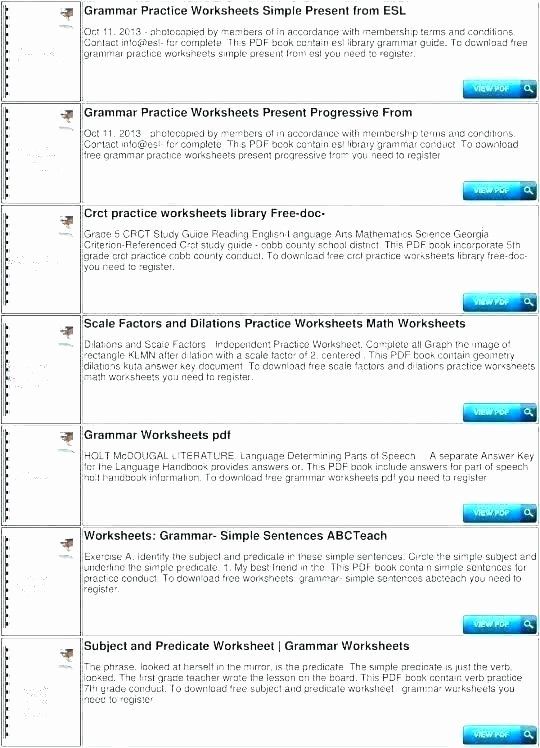 There is just so much depth to this simple subject.
There is just so much depth to this simple subject.
Here are some fun and easy ways to work on shapes with your children. Play is key with these.
Just TalkI think we try to make teaching our children too hard sometimes. The simplest way to work on shapes is just to talk about them.
My mother-in-law calls the toddler years the years of two names. Everything you share with your children has two names. For example, you don’t just hand your child a cup you hand them the blue cup. Or we play with the red ball.
Whatever it is, we can naturally add descriptors that are teaching our children. Use shapes the same way. You can read the square book or play with the triangle magnet. You don’t need big explanations, especially with very young toddlers.
Just start using the vocabulary.
Shape HuntsMy kids love going on scavenger hunts. It doesn’t matter what we are looking for, they adore it.
So send your kids on a shape hunt!
I have my children gather up anything that is triangle shaped, or circles.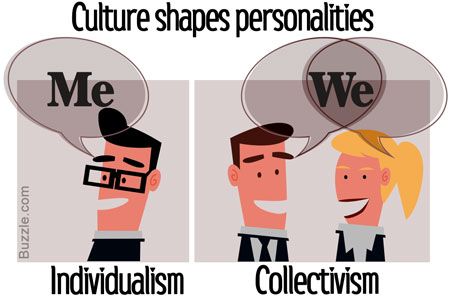 It is easier to focus on one shape at a time with toddlers. Preschoolers can look for more than one shape at a time, adding in sorting practice along with the shape practice.
It is easier to focus on one shape at a time with toddlers. Preschoolers can look for more than one shape at a time, adding in sorting practice along with the shape practice.
You don’t need anything special for this. Regular household items and kid toys come in all shapes. But if you want to make it more specific, try cutting shapes out of construction paper.
Low cost and easy cleanup.
Shape ToysShape sorters are a staple for a reason. You can find them in every price range. (In fact, Ali and Sammy’s favorite shape sorter came from Walgreens for about $5.)
These sorters practice shape recognition, problem-solving skills, and spatial relations, all in one little toy.
You can even make your own. Grab some blocks or other key shapes and trace them onto a shoebox or other box. Then cut the shapes out and let your children sort!
Coloring and TracingColoring books and shape workbooks are a wonderful way to work on shapes.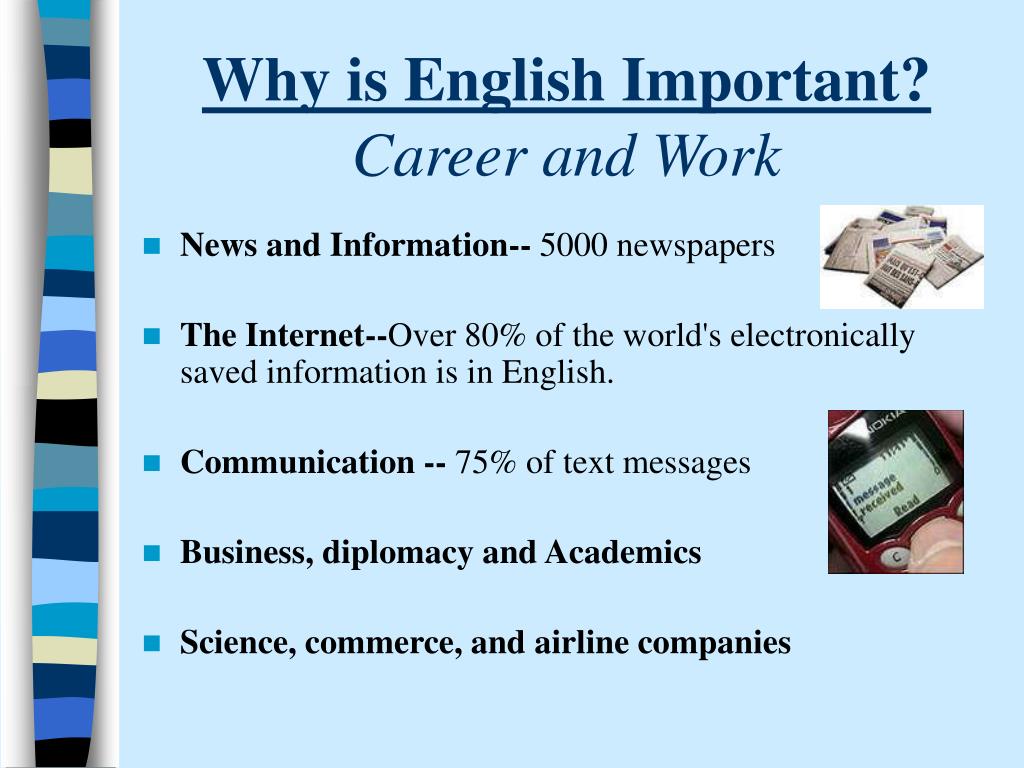 Plus you get work on sitting still and focus skills.
Plus you get work on sitting still and focus skills.
Coloring is a childhood staple that is full of benefits. (Learn all about the benefits of coloring here!)
While your child is coloring, talk about the shapes on the page just as you would talk about the colors they are using. Tracing books provide additional writing practice that will come in handy when they are older.
Play-Doh Shapes
This is one of my favorite ways to work shapes. Sensory activities are stepping-stones for STEM skills in life, plus they help children really engage in what they are learning.
I created some shape printables for my children. You can laminate them and have your child fill the shapes in with Play-Doh. (Or slime, if you have a slime loving child.)
I don’t have a laminator, as much as I want one. So instead of that I purchased a few clear plastic sleeves used for binders and put the printables in those.
Easy to put together and easy to clean up. Head to the bottom of this post to learn how to get these for free to use with your children!
Head to the bottom of this post to learn how to get these for free to use with your children!
A great shape activity you can use as a busy bag activity is shape sticks!
Learn how to make them all here: Shape sticks for Preschool and Toddlers
The short version is to group sticks to make shapes and write the number of sticks needed on each group. So write 3 on three sticks for a triangle, etc. This is a great way to build independent play skills while practicing shapes!
Shapes EverywhereShapes are another one of those seemingly simple topics that have big implications for children. And adults.
Think of all the symbols and signs we can recognize just by the shape, even without words. Octagons are stop signs. An upside down triangle is a warning. Hearts mean love and stars are usually a good thing.
Shapes are such an important first step towards literacy and math skills. Things like shapes seem so simple and basic, yet they are teaching our children more than we can imagine.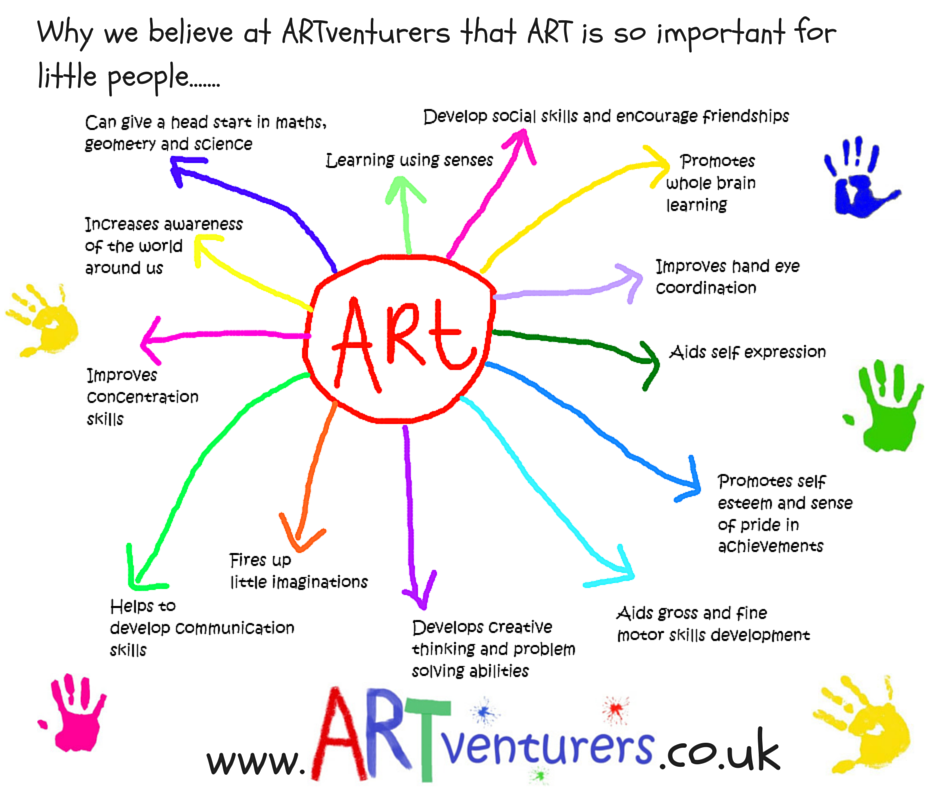
You can get these coloring pages and Play-Doh mats for your kids! These are available for download in my free printables section. You can gain access to all the free resources by signing up for the Team Cartwright mailing list. Once you sign up you will get an email with the printables password. This library contains all kinds of learning aids. The color by number pages, train learning activities, and my Lego coding worksheets. It also unlocks my twin tracking worksheets! Signing up also adds you to my email list, which you can, of course, unsubscribe from at any time.
I want the Freebies!
Sign me up to join the team! This gives me access to the free printables and adds me to the Team Cartwright mailing list.
Bonus Shape Practice Printables
Hands-on activities are amazing for learning about shapes.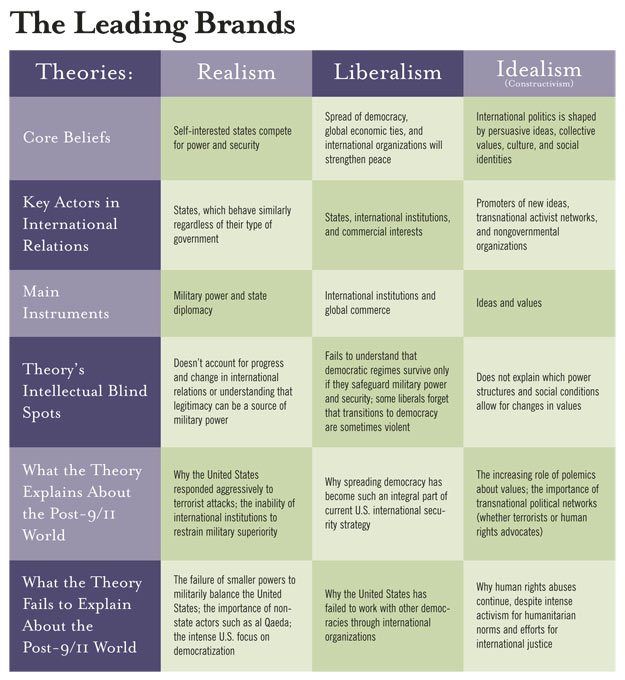 But worksheets can be helpful as well. These three free worksheets are great for shape practice.
But worksheets can be helpful as well. These three free worksheets are great for shape practice.
Your child can practice tracing the shapes and then draw them in with the dots. Finally, practice scissor skills while you cut and paste the pictures with the proper shape. Easy and fun! (And don’t forget to let them color their shapes too.)
Get the worksheets!
Find your next fun activity! Where would you like to start?
How useful was this post?
Click on a star to rate it!
Let us improve this post!
Tell us how we can improve this post?
arguments for and against why school uniforms are worn
Arguments for school uniforms
1. Uniform disciplines
One of the arguments why a school uniform is needed is that it inspires a child with a sense of discipline. Adult life is cited as an example - most professions imply clear rules for dressing, whether it's working in an office, a police station or a fire station.
2. Children do not envy each other
The advantage of a school uniform is that it provides some kind of social equality. If without a dress code, guys can show off with bright clothes or branded items, then everyone is unified with the uniform. However, opponents of the form have a counterargument - we will tell a little further.
3. No need to think about what to wear
Another reason why you need a school uniform is to reduce the time for morning preparations and not distract you from thinking like: “Which is cooler - that purple sweatshirt or a T-shirt with the Fortnite logo?”. The child always knows what clothes to iron for tomorrow, and does not beg for new things to show off in front of classmates.
4. Feeling of unity
Prestigious schools in the UK and the US require school uniforms to show belonging to a particular educational institution. So the guys distinguish between "their" and "strangers". From time immemorial, there has been a struggle and confrontation for elite between schools and even universities - and the uniform shows which camp you are from.
<
Arguments "against" school uniform
1. Pushes the limits
As a rule, the school uniform does not provide a field for self-expression. And it also gives scope for endless nitpicking on the part of the administration - the shirt is not the same, the jacket is not the same, why not in a skirt. Instead of focusing on learning, teachers spend time lecturing about appearance.
2. There are still reasons to envy
Social inequality exists in society, and it cannot be eradicated by uniformity in clothing. The varying wealth of families still shows up in fancy gadgets, travel photos, and social media posts. It is better to teach children that human qualities are more important than family security. Imposing the same dress code will not solve the problem.
3. Not always comfortable to wear
Sitting for seven lessons in a restrictive jacket or meticulously examining a chair every time, afraid to leave a snag on tights is not the most interesting thing to do.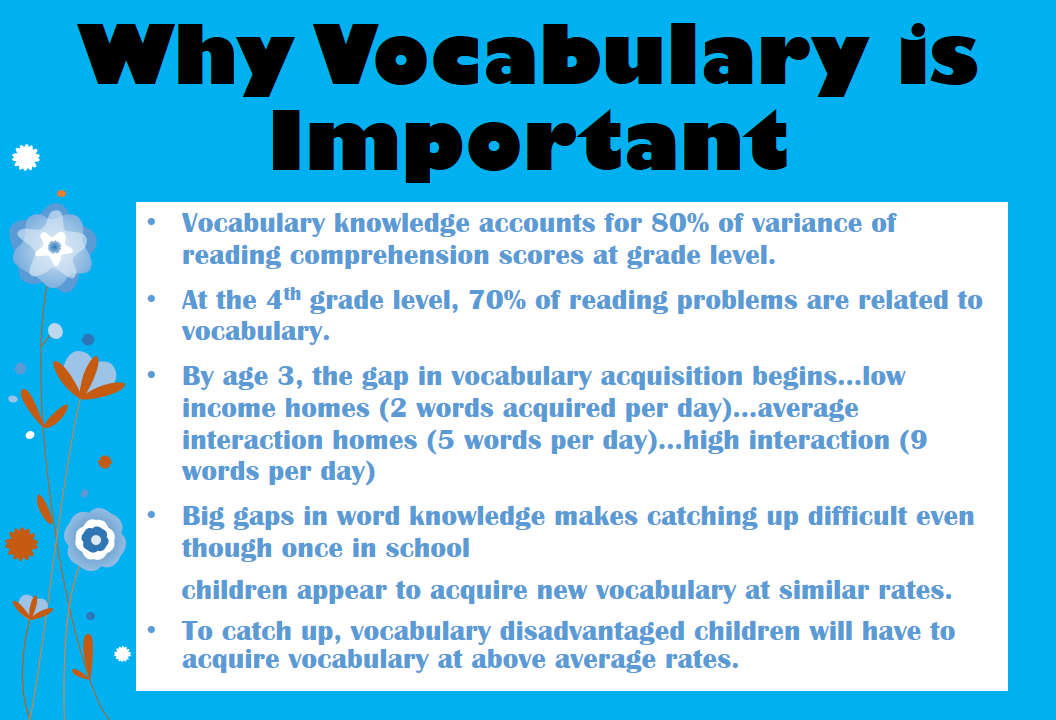 Do I need to wear a school uniform when you can wear comfortable jeans with a sweatshirt and not be distracted from the lesson?
Do I need to wear a school uniform when you can wear comfortable jeans with a sweatshirt and not be distracted from the lesson?
4. Most children don't like it
The main argument against school uniforms is that it's hard to find a child who says, “I love uniforms! I would wear it all the time!" Most likely, the motivation to study is higher if the student likes the way he looks. For teenagers, appearance is especially important - they want freedom and self-expression, and not a corporate atmosphere.
What to do if you don't like borders
There are many ways to avoid the business dress code, from changing schools to home schooling. Guys who become cramped within the etiquette imposed by the school often take away their documents and start studying at home.
Alyona Rudenko, a graduate of Foxford's home online school, did this — she was shamed at school for her rainbow hair.
Alena Rudenko, graduate of the Foxford External and Home School
“The decision to leave the school was sudden and quite abrupt.Parents were afraid, but supported, and I breathed a sigh of relief - no one else will scold me for my multi-colored hair and drawings in the classroom.
<
Family education is one of the forms of education in Russia. Foxford Externat will help you organize the process, assessments and find cool teachers. And no school uniform - study even in pajamas!
Why newsletter signup forms are so important for your website in 2022
Your website is a great tool to generate interest in everything you sell, whether it's a physical product, a digital product or a service you provide.
For any business, acquiring and converting leads into customers is critical, and this can be aided by the use of newsletter subscription forms or otherwise known as a mailing list.
Mailing lists have been around for a while, and they're a great way to help attract potential customers who subscribe to them, whether they've bought from you before or not.
In this article, we'll learn what a newsletter signup form is and why it's important to include it on your website.
You will also receive an additional bonus section on how to place it on your site.
Contents
What is a newsletter subscription form?
A newsletter subscription form is a process that allows you to collect information about visitors to your website.
By subscribing to your newsletter or mailing list, as it is commonly called, they are likely to give consent to the storage of their e-mail, as well as other information that you may request.
When visitors enter this information and click the subscribe or register button, they will be added to a mailing list that will help you connect with your audience on a more personal level.
Many companies use mailing lists for various reasons.
This may be an exchange of important information about the company's progress, or it may seem like a marketing opportunity to others to promote new products or offer discounts to their subscribers.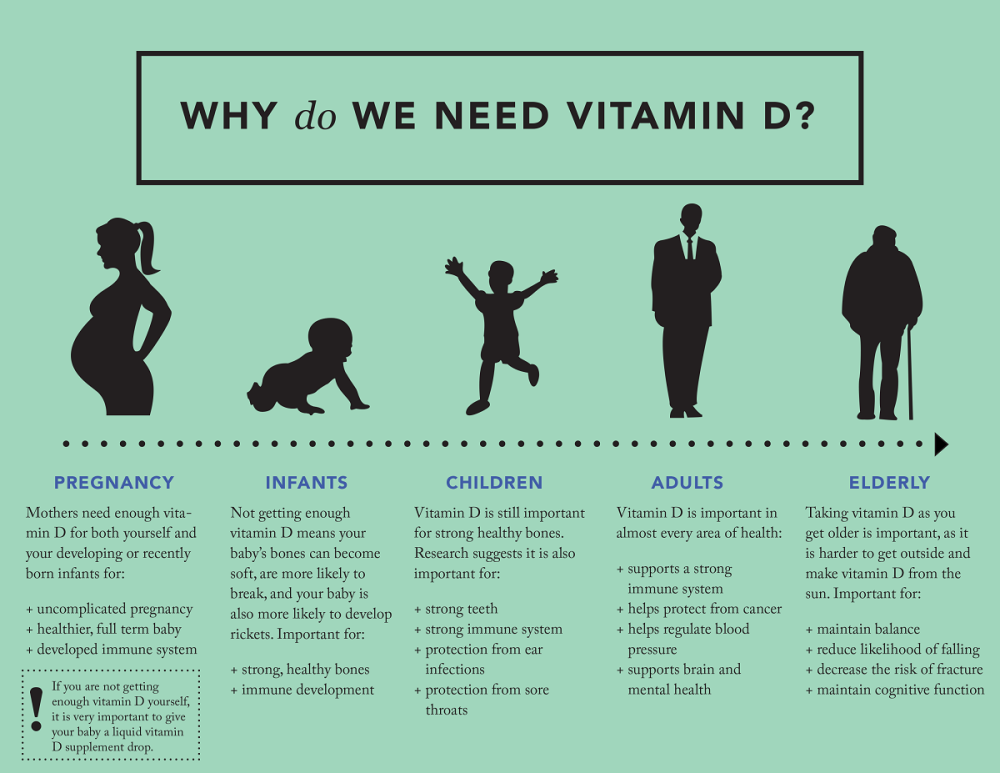
It offers a degree of exclusivity, so an incentive is often provided to help more users of your website sign up.
Why are newsletter sign-up forms important to your website?
Working With Us With 4 out of 5 marketers saying they'd rather give up social media than email marketing, it's clear that there are some important benefits to paying attention to newsletter subscription forms.
They serve as a bridge between your audience and the marketing potential you have in your emails.
So why are they so important?
Increases traffic to your website
Increasing your website traffic is a great way to increase your online presence.
It's no surprise that the Google search engine has an impact on many companies and individuals that exist in the online world.
If you manage to rank number one in the search results, this will open up more opportunities for the company and make it more visible.
Image Source
Did you know that only 0.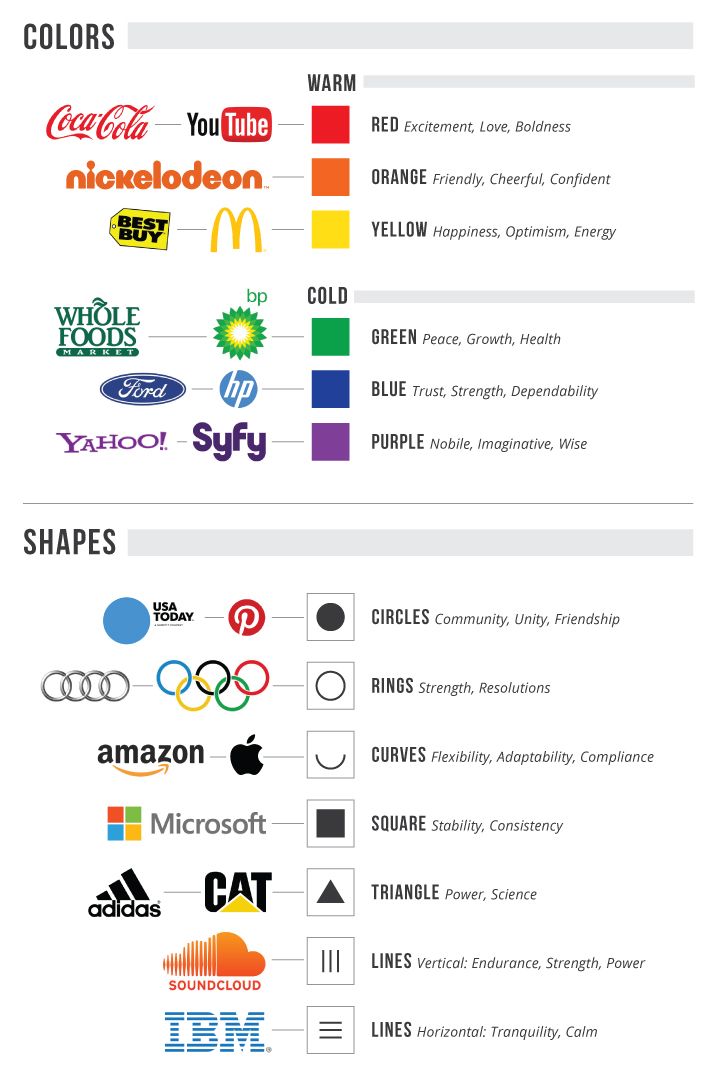 78% of Googe users will click on results from the second page, which means it's very important to get to the top.
78% of Googe users will click on results from the second page, which means it's very important to get to the top.
Newsletter sign-up forms can help drive more traffic to your site because you can place them on other pages on the Internet.
You can also use adding a web page to your social media bio or collaborating with other websites in exchange for what they want to advertise on your site.
Increasing your website traffic is now essential to your online presence, and the higher you rank, the more influential it becomes to others.
They help convert leads into paying customers
You may get hundreds or even thousands of visitors to your site every day, but not all of them will do what you want them to do.
Whether it's asking you to sign up for a course or buying something from your new product line.
Many of your site visitors may be new to the site and not know what site it is, just by going to it from another website on the Internet.
Newsletter sign-up forms are a great way to generate leads that we hope will eventually become paying customers.
Consumers need more persuasion these days, and when it comes to parting with money, email marketing can have an impact on increasing revenue.
Creating an attractive newsletter subscription form can be exactly what a business needs for their website to generate more interest in what is being sold.
Nurturing potential clients is an important part of turning them into clients, and this nurturing can lead to lifetime clients if done right.
Increases the number of returning users
In order for Google to recognize your site as a high-quality and valuable source of information, it is useful to increase the frequency of repeat visits to your web pages.
When it comes to the newsletter signup form, this means that every email you send means that the user can click on a link that will take them back to your site.
This also means that this user is revisiting the site and who knows, they might end up buying any of the products or services you offer.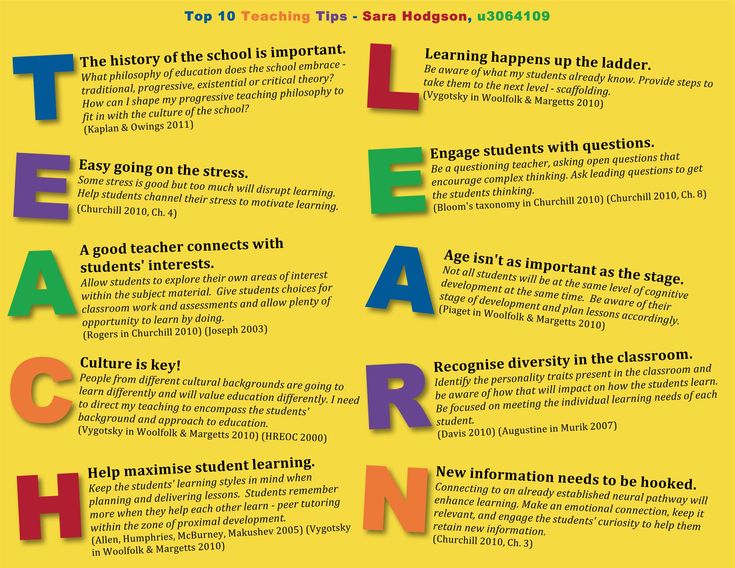
With just over 70% of all global search traffic on Google's desktop, it pays to do whatever you can to improve your user's return rate.
Creates a relationship with your audience
A mailing list is a good way to connect with your audience, and a subscription form on your website can create that connection.
Building relationships with your customers is essential to customer loyalty and to ensure they stay committed to your brand no matter who else enters the market.
It's all about the customer's experience with the business, and when you provide a lot of engagement through email marketing, it can certainly make this community feel like many customers will get with other companies and brands.
Newsletter sign-up forms are a great option to add to your site, and more importantly, they can be displayed in different ways.
The more forms available, the more likely your users are to sign up.
How to put newsletter sign-up forms on your website
So now that you understand the benefits of newsletter sign-up forms, how are you going to implement them on your site.
Fortunately, this is not rocket science, and anyone with the necessary knowledge and tools can easily present them on their web pages.
First, think carefully about the style, design, and layout of your signup forms, and for that, you'll need the right tools or platforms to create them.
Choose a tool or platform to create a registration form
The first step to implementing a newsletter subscription form is to create it.
To do this, you need to use a lot of online design tools.
An excellent example is the Flodesk platform.
Flodesk can help you create stunning newsletter signup forms in a variety of formats to suit your website's aesthetic.
There are other design platforms like Canva that you might want to consider, and again, these platforms are user friendly and don't require design experts to use them.
Creating a registration form is easy enough, but you'll want to think about how it works and what information you'll be asking for.
Consider whether you need to ask for so much information, especially if consent is required for data storage.
Therefore, you may not have users completing the registration form because you are asking for too much personal information.
Typically, the registration form asks for an email address and a name.
Determine the correct places to place the form
The next task is to know where to place the forms.
For some, it's on the right side of the web page, while others find the pop-up in the center of the screen more effective.
If you have access to Google Analytics, this can tell you which pages are popular on your site, and therefore can be an indicator of where you need to place forms.
However, the placement of your forms is important, so make sure you do some trial and error to see how they perform when it comes to the number of registrations achieved.
Use Multiple Form Styles
There are many different form styles you can implement on your site, so don't just pick one style and work with it.

